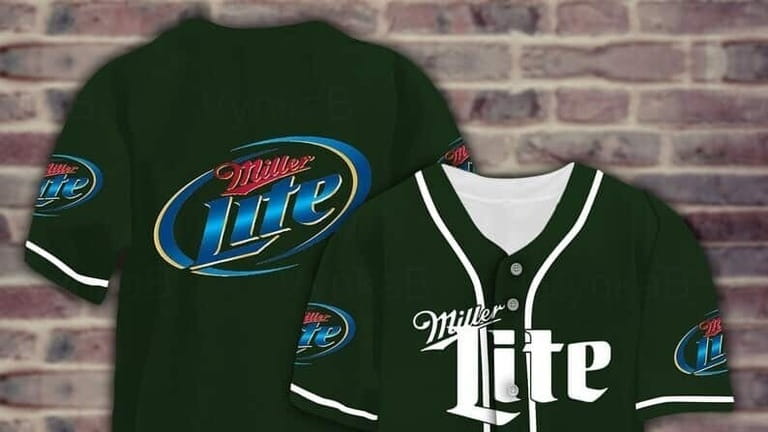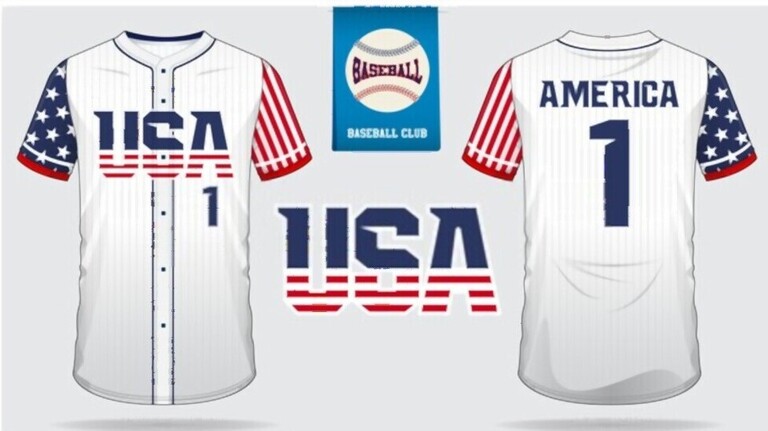Table of Contents
Fashion is an ever-evolving industry, and the preferences of consumers are constantly changing. As new generations come of age, their distinct styles and preferences shape the fashion landscape in new and exciting ways. Two generations that are currently making waves in the fashion world are Millennials and Gen Z. While they may share some similarities, they also have distinct aesthetics and preferences that set them apart. Understanding these differences is crucial for fashion brands that want to appeal to both generations. In this article, we will explore the clash of styles between Millennials and Gen Z and how it is shaping the fashion industry.
The Millennial Fashion Aesthetic

Millennials, born between 1981 and 1996, are often characterized as the generation that popularized the “hipster” aesthetic. They prefer a more minimalist and vintage-inspired style, often incorporating flannel shirts, skinny jeans, and oversized glasses into their outfits. This generation also helped to revive the popularity of 90s fashion trends, such as chokers, crop tops, and platform shoes.
In terms of fashion influencers, Millennials tend to look up to individuals who have a more relaxed and effortless sense of style. Celebrities like Mary-Kate and Ashley Olsen, Alexa Chung, and Emma Watson are often cited as fashion icons for this generation. Additionally, the rise of social media has led to the emergence of many Millennial fashion bloggers and influencers, such as Aimee Song, Danielle Bernstein, and Chiara Ferragni, who have amassed large followings due to their relatable and authentic approach to fashion.
However, the Millennial fashion aesthetic has evolved over time. As they have grown older, this generation has started to prioritize comfort and functionality in their clothing choices, leading to a rise in athleisure wear and practical accessories like backpacks and fanny packs. They also place a greater emphasis on sustainability and ethical fashion, preferring to purchase from eco-friendly and socially responsible brands.
Overall, the Millennial fashion aesthetic can be characterized as a mix of vintage-inspired and minimalist styles with a focus on comfort, functionality, and ethical considerations.
The Gen Z Fashion Aesthetic

Gen Z, born between 1997 and 2012, has a fashion aesthetic that differs significantly from that of Millennials. This generation is known for its bold and individualistic sense of style, often incorporating bright colors, bold prints, and oversized silhouettes into their outfits. They are unafraid to experiment with different styles and mix high-end and streetwear brands.
When it comes to fashion influencers, Gen Zers tend to look up to individuals who have a strong social media presence and who use their platform to promote inclusivity and diversity. Some of the most popular Gen Z fashion icons include Billie Eilish, Timothee Chalamet, and Harry Styles, who are known for their gender-neutral and avant-garde fashion choices. This generation has also embraced TikTok as a platform for showcasing their unique sense of style and discovering new fashion trends.
One of the defining characteristics of Gen Z fashion is its sustainability and ethical considerations. This generation is highly conscious of the impact of fashion on the environment and labor rights, and they prefer to support brands that prioritize these issues. They are also interested in thrifting and upcycling as a way to reduce their environmental footprint and express their individuality.
Overall, the Gen Z fashion aesthetic can be characterized as bold, individualistic, and socially conscious, with a focus on sustainability and inclusivity.
The Clash of Styles

The clash of styles between Millennials and Gen Z has led to the emergence of new fashion trends and innovations in the industry. One of the most notable trends is the rise of “normcore,” which involves a return to basic, unbranded clothing items. This trend emerged in response to the excess and extravagance of early 2000s fashion and has been embraced by both generations.
Another trend that has emerged from the clash of styles is the blurring of gender lines in fashion. Gen Zers are more likely to experiment with gender-neutral clothing, such as oversized t-shirts and baggy pants, while Millennials tend to prefer more traditionally masculine or feminine styles. This has led to a rise in gender-neutral fashion lines and campaigns, as brands try to appeal to both generations.
In terms of marketing and product offerings, brands that want to appeal to both Millennials and Gen Z must take a nuanced approach. They need to prioritize sustainability and ethical considerations in their production and marketing efforts, as both generations are highly conscious of these issues. They also need to be aware of the different aesthetics and preferences of each generation and tailor their products and messaging accordingly.
Overall, the clash of styles between Millennials and Gen Z has led to a more diverse and inclusive fashion landscape. It has also challenged brands to be more creative and thoughtful in their approach to marketing and product development. By embracing the unique characteristics of each generation, the fashion industry can continue to evolve and innovate in exciting ways.
Conclusion
The clash of styles between Millennials and Gen Z is shaping the fashion industry in significant ways. While Millennials have popularized a vintage-inspired, minimalist aesthetic with a focus on comfort and sustainability, Gen Z has embraced a bolder, more individualistic style with a focus on inclusivity and gender-neutral clothing. These differences have led to the emergence of new trends and innovations in the industry, such as normcore and gender-neutral fashion lines. To appeal to both generations, brands must take a nuanced approach that prioritizes sustainability and ethical considerations while also being aware of the different aesthetics and preferences of each generation. By embracing these differences and adapting to the changing fashion landscape, the industry can continue to evolve and thrive.




